If you’re planning to plant a fall vegetable garden, you have to start planting in summer.
I know—it sounds a little weird, planting a fall garden when it’s 95°F and we’re still tending to our tomato and squash plants. But fall crops need cool weather to thrive, and in order to mature before winter arrives, they have to go in the ground between mid to late summer.
Read more: The fall crops I recommend planting in midsummer
This, however, is also the hottest time of year and makes things pretty tricky, whether you’re transplanting seedlings or sowing seeds directly in the garden. You could end up with stunted plants that never make it past a couple inches, premature bolting, or crisp leaves. (Been there, done that.)
If you want to get your cool-weather crops off to a good start, the first thing to figure out is whether the plants can be seeded directly in the ground, or if they need to be started from seed indoors (or purchased as transplants from a nursery).
Direct sown crops

Most root vegetables (like carrots, beets, radishes, and turnips) and quick-maturing leafy greens (like kale, arugula, mizuna, and bok choy) are best—or easiest—sown directly in the garden. The seeds germinate fast in warmer soil and the flavor improves as the plants mature in cooler fall weather.
To ensure they won’t bolt right away or struggle in the heat, here’s what I recommend:
- Try to sow seeds in the shade of (or in between) taller summer crops.
- Push the seeds a little deeper in the soil so they don’t dry out as quickly.
- Hand water or set a sprinkler to turn on every day to keep the soil (and seeds) evenly moist, especially during very hot or dry weather. (Drip irrigation is generally not effective for seed germination.)
- Add mulch when the seedlings are a few inches high.
- Water for longer periods so the roots reach down deeper into moist, cool soil (instead of staying near the surface where it’s dry and hot).
- If your garden gets sun all day or stays above 90°F in the weeks following, use shade cloth to offer seedlings some respite from midday heat.
Disclosure: If you shop from my article or make a purchase through one of my links, I may receive commissions on some of the products I recommend.
Transplants
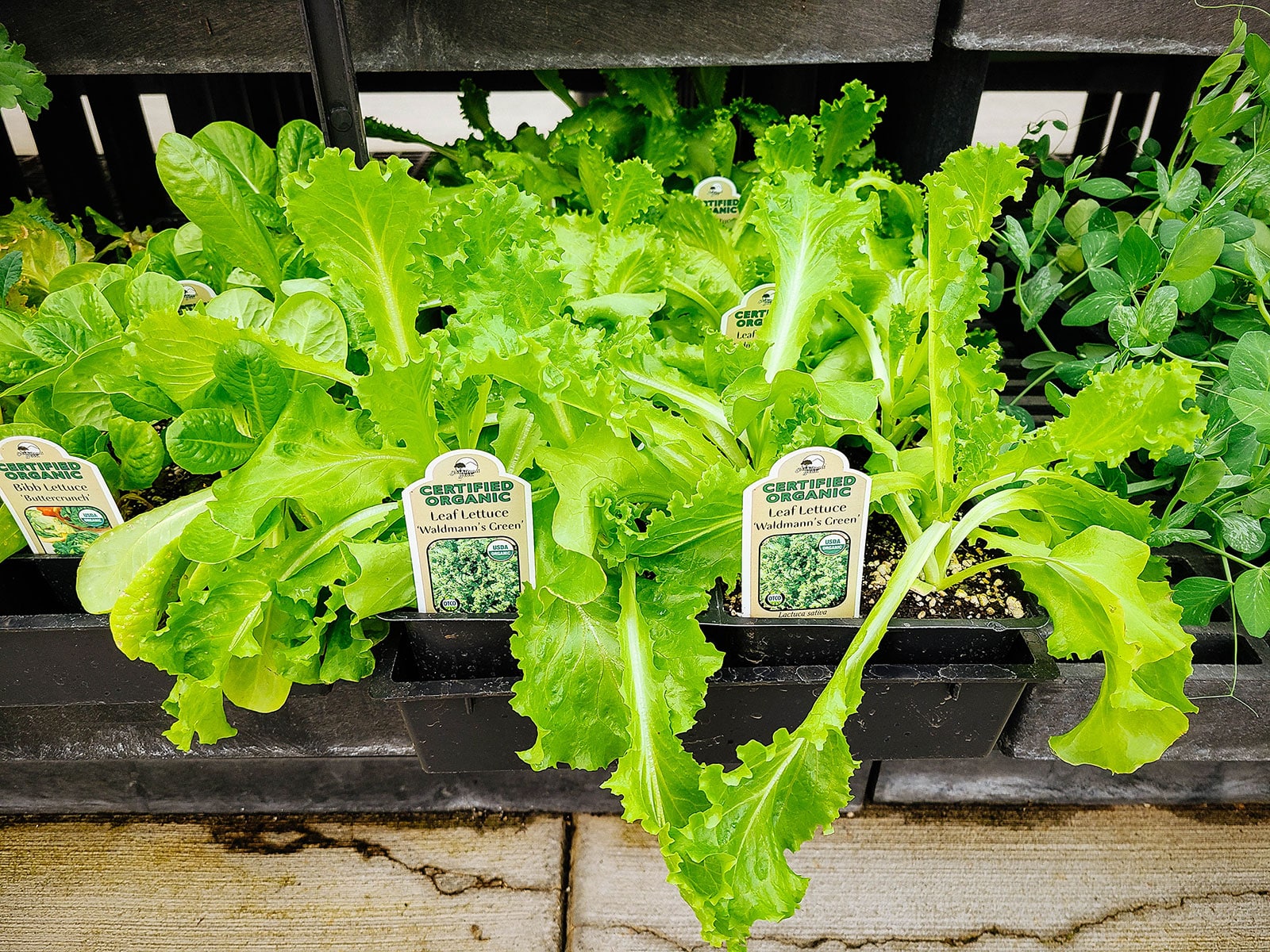
Some crops (such as broccoli, cauliflower, cabbage, and Brussels sprouts) take a longer time to mature and if you live in a cold climate, they’ll need extra time to grow if you want to harvest before winter hits.
Other crops (such as lettuce, radicchio, mache, and miner’s lettuce) won’t germinate in soil that’s too warm, so they’re best started inside and transplanted outside once they’ve been properly hardened off.
Related: The most ideal soil temperatures for seed germination
You can count back the number of weeks from your first frost (look up your frost date here if you aren’t sure when that is) to see when you should start your seeds indoors.
If you want the ease of buying starts from a garden center, just make sure the starts are healthy, not on the brink of bolting, and not too root-bound. Oftentimes garden centers run sales this time of year to move their remaining inventory, and what’s left isn’t always in the best shape.
Quick tip
Use my seed starting and planting calculator to pinpoint the best dates for sowing and transplanting in your location.
When it’s time to plant outside, here’s how you can help your transplants thrive:
- Make sure all your transplants are hardened off properly, starting with a couple hours of dappled sun in the morning and gradually increasing the time and intensity of sunlight each day.
- Check the forecast and choose a mild day to transplant, ideally when it’s overcast and below 90°F. (Bonus points if there’s even a little rain forecasted after you plant.)
- Plant in the late afternoon or evening so your plants can settle in before it gets hot again.
- Use a liquid kelp fertilizer (like this one) at transplanting time to help reduce transplant shock, support root growth, and stimulate soil microbes.
- Water well (and deeply) but don’t overwater.
- Add a couple inches of mulch to retain moisture and regulate soil temperature.
- Use shade cloth over new transplants to protect them from heat stress. After a week or two, remove the shade cloth so your plants can grow in full sun. (As daylight hours start to wane and the sun arcs lower on the horizon, your plants will need all the sun they can get!)
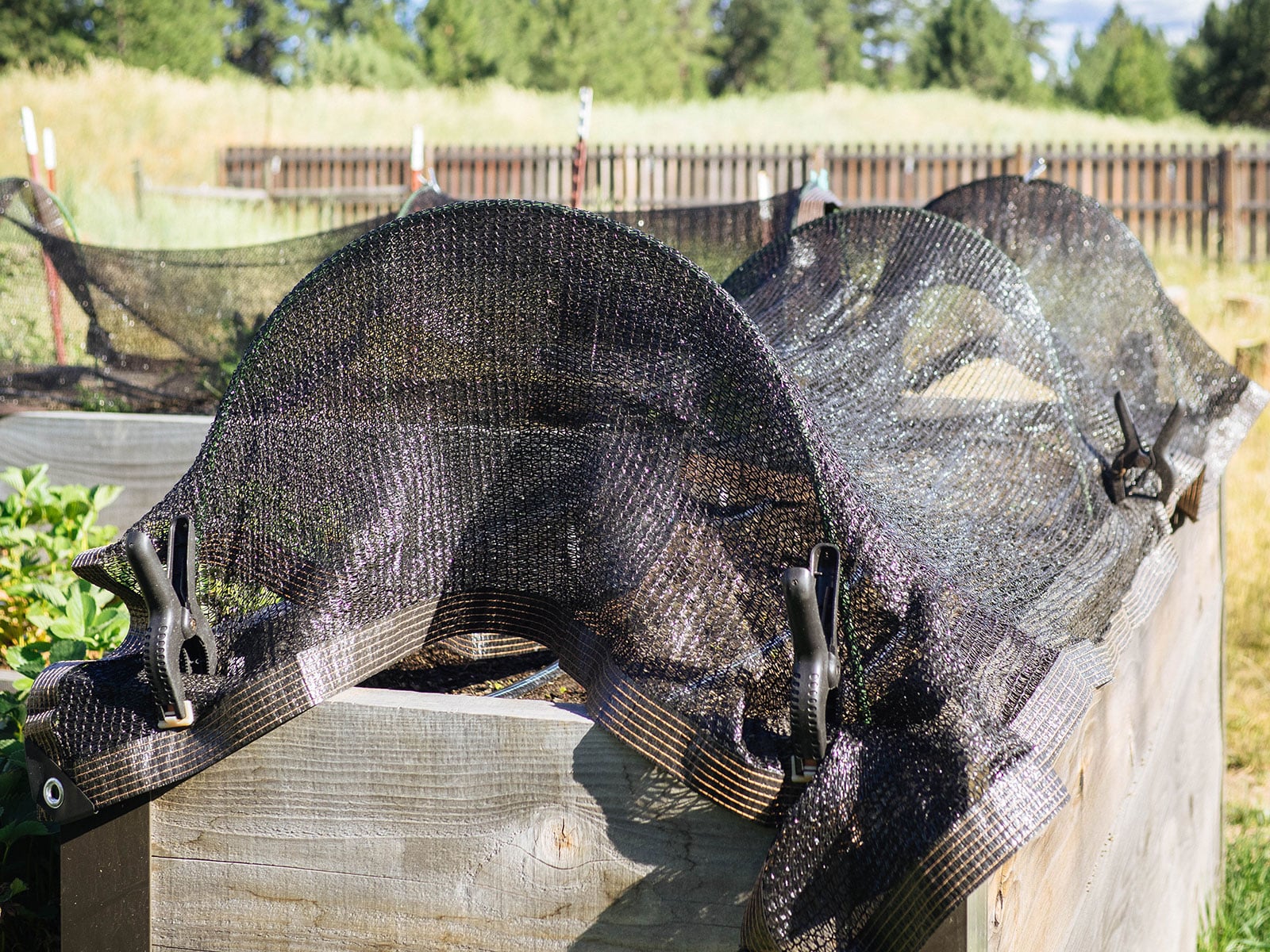
Where to buy
Shade cloth
Fall crops can tolerate light frost as we move into fall, but many can also handle freezing temperatures if you give them a little protection. If you want to extend their season and harvest vegetables into December or January, follow my guide on how to grow through winter without a greenhouse.


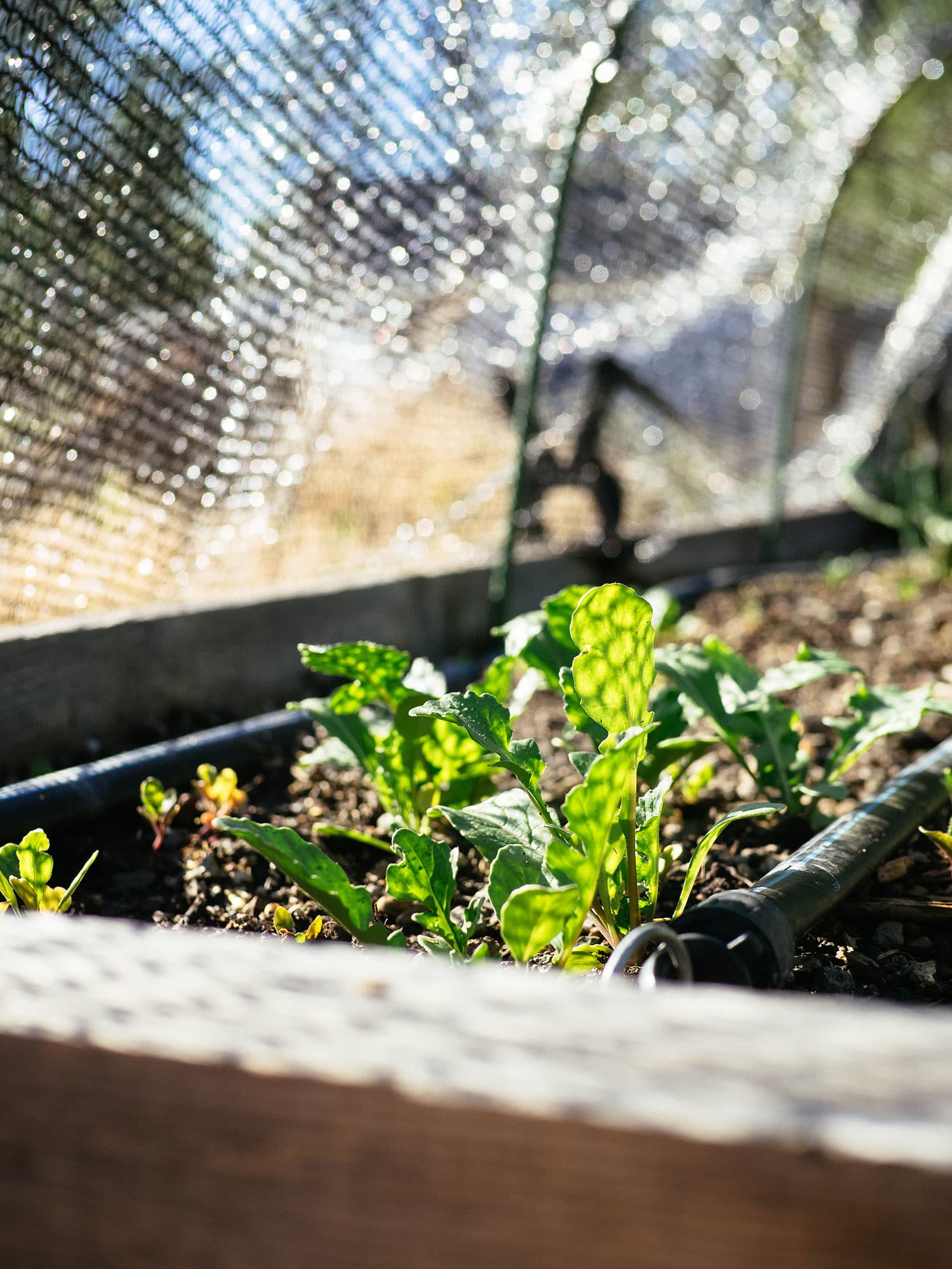
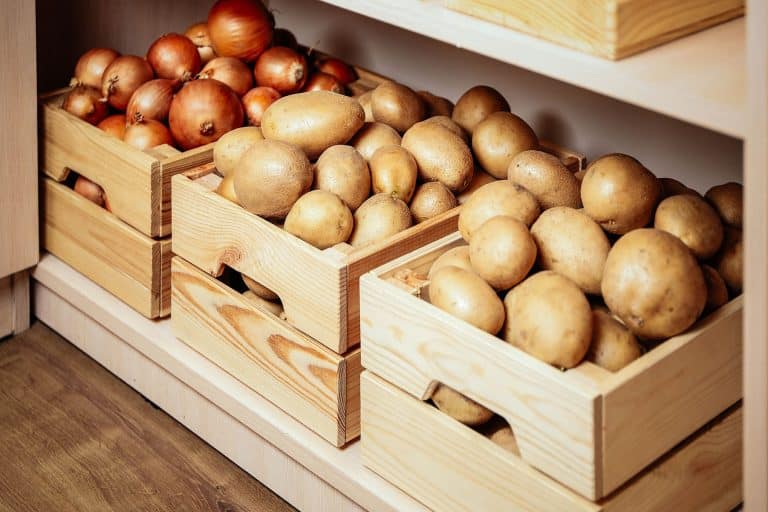
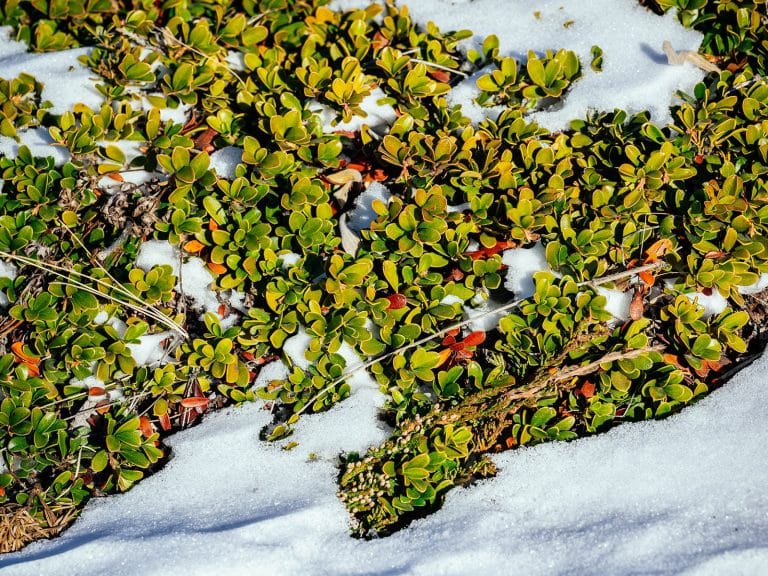
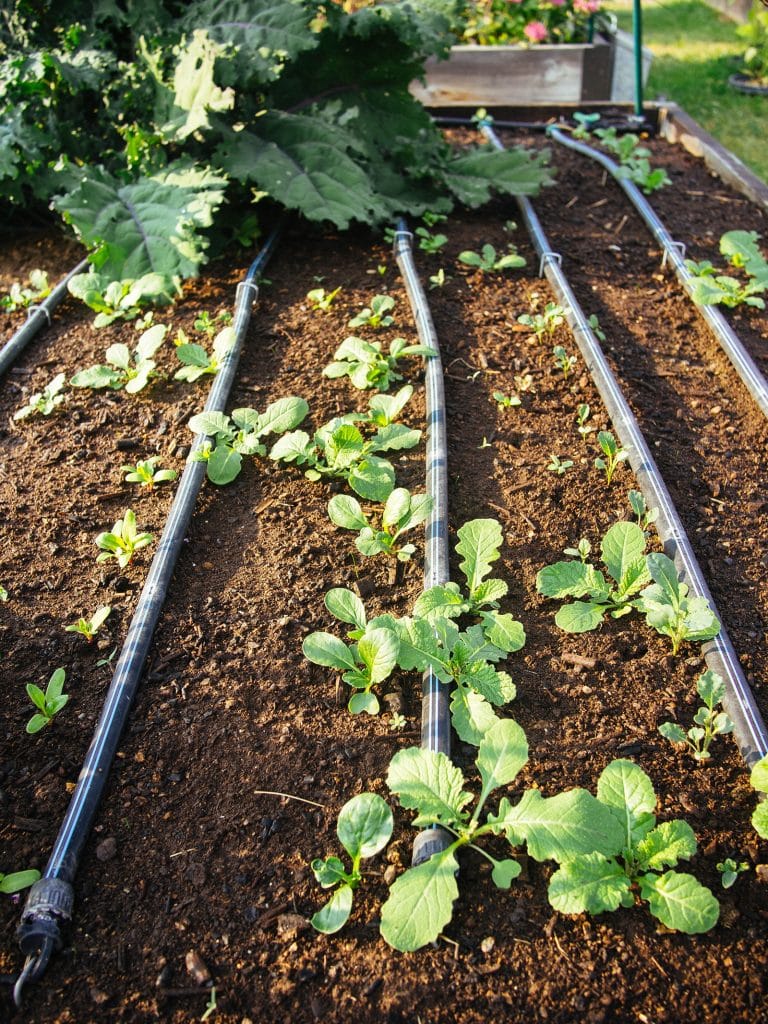
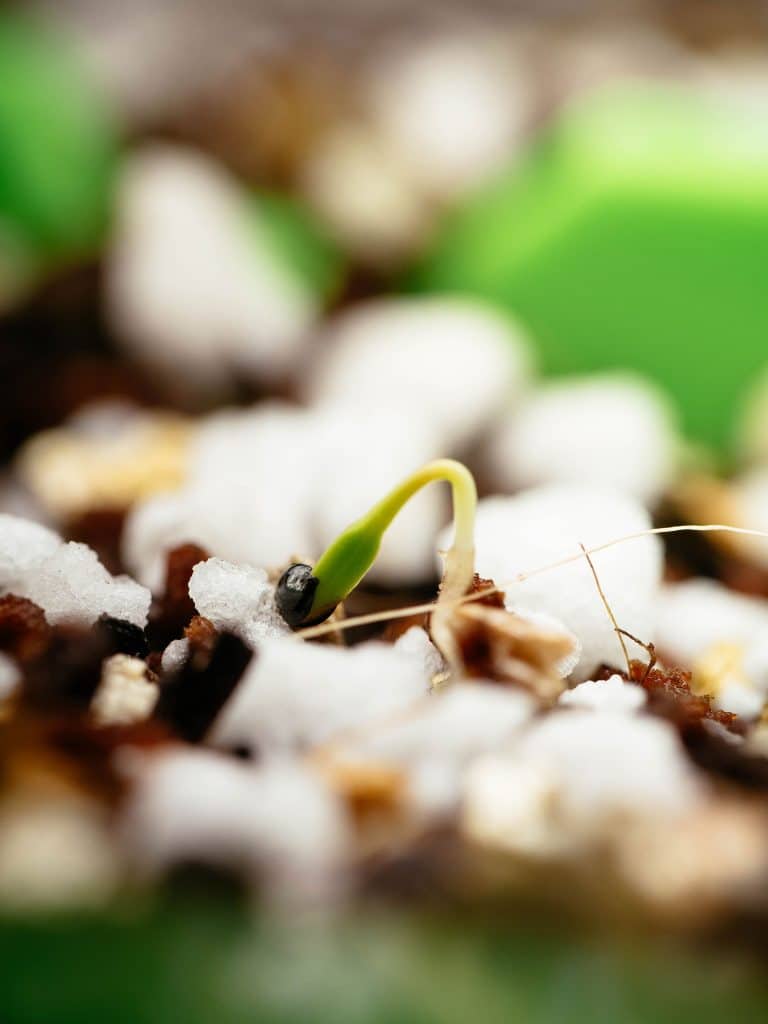
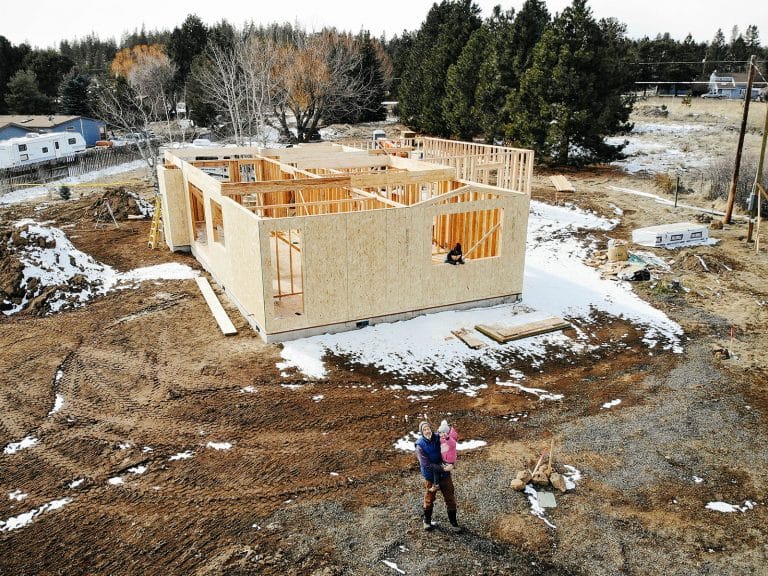
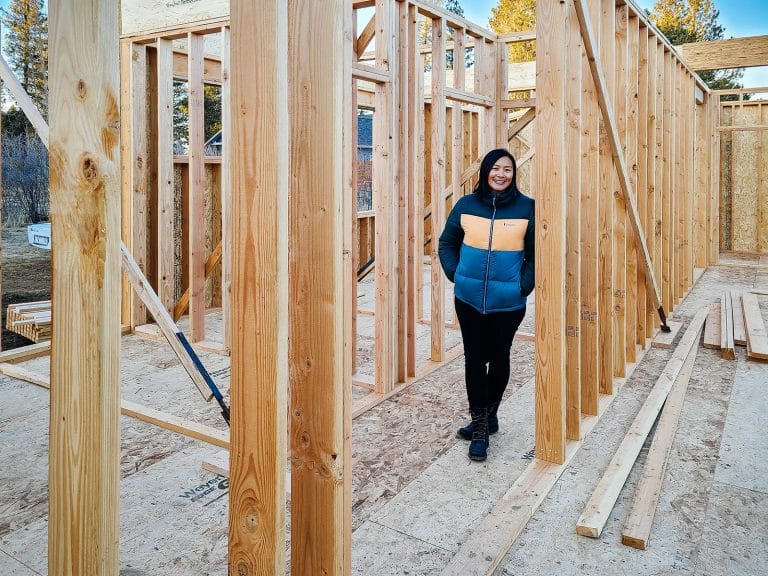
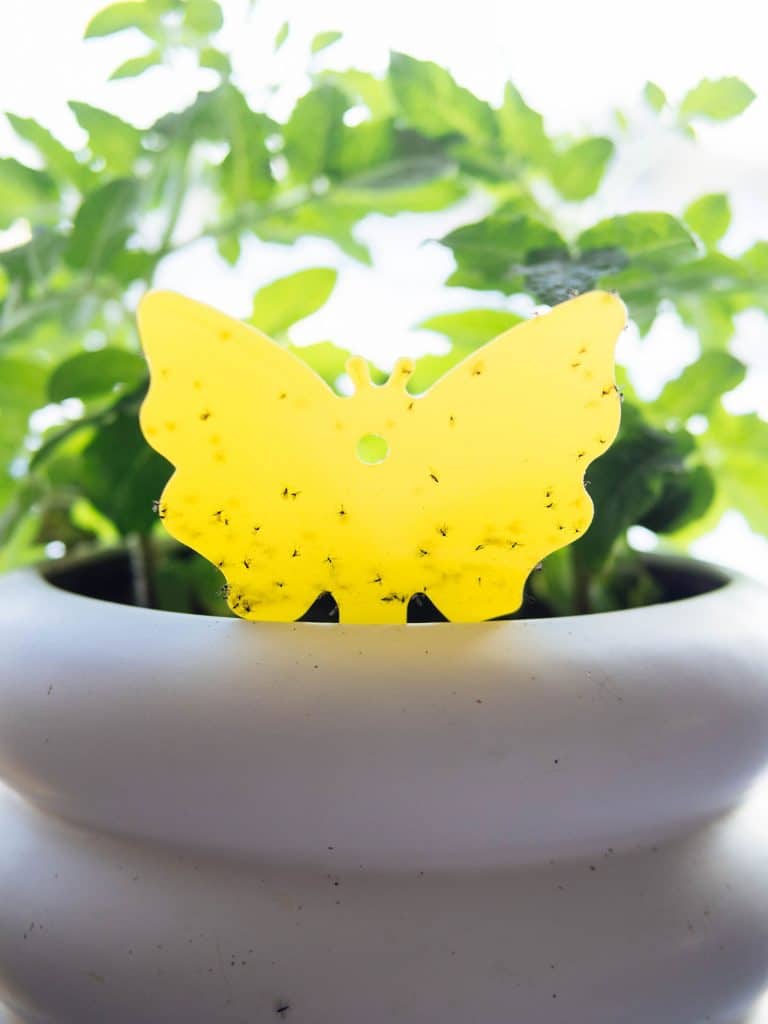
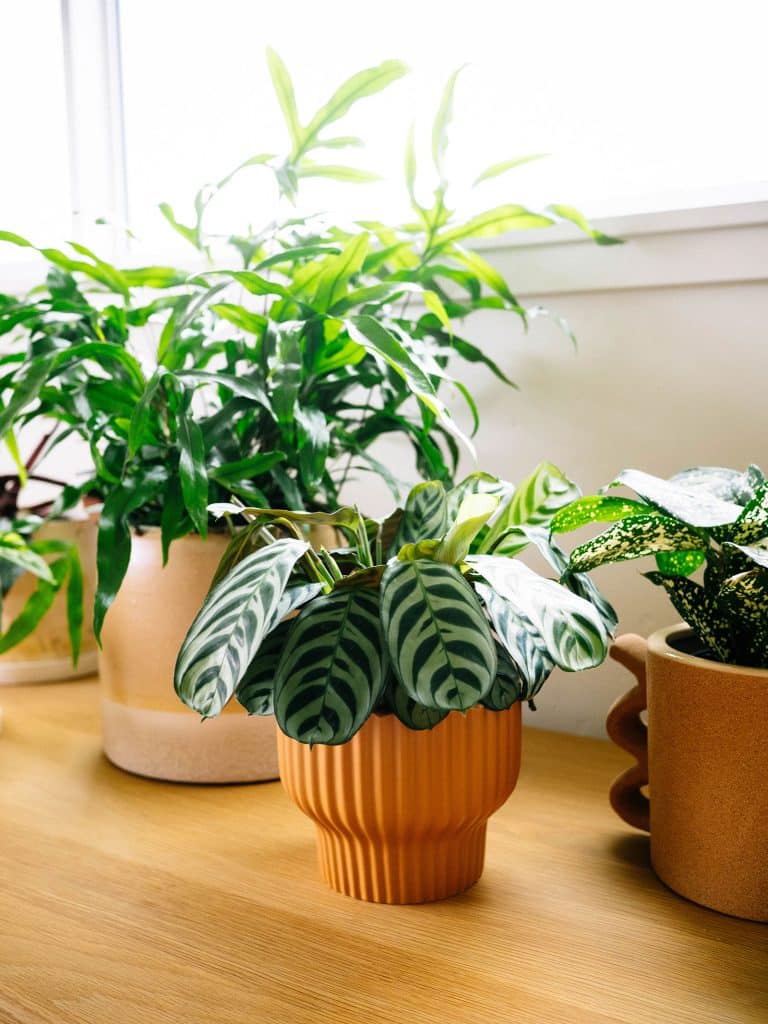

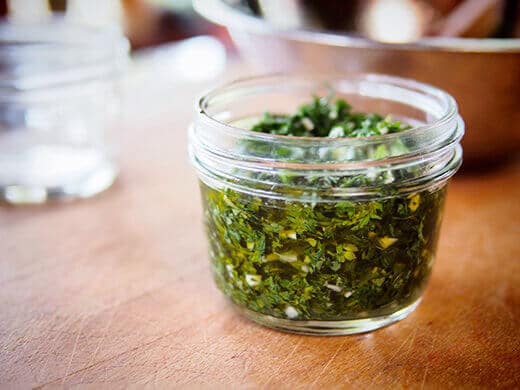
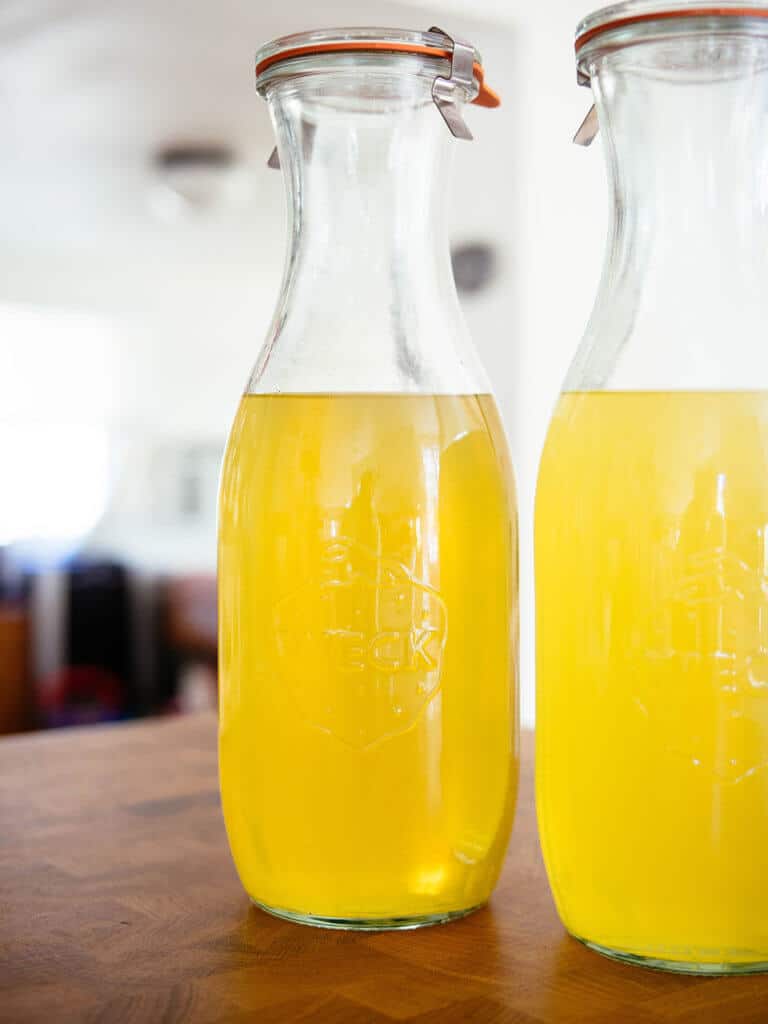
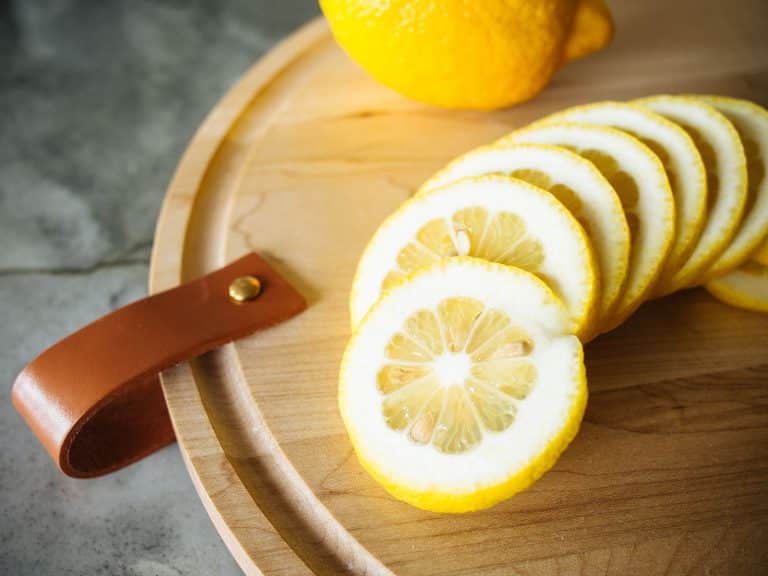

I lon Long Island about 30 milesout of New York City which is Zone 7!! Tomatoes are about two weeks from being out!! now I like to plant GREENS being lettuce Kale etc etc All my veggies are planted in whiskey barrels [22in across]